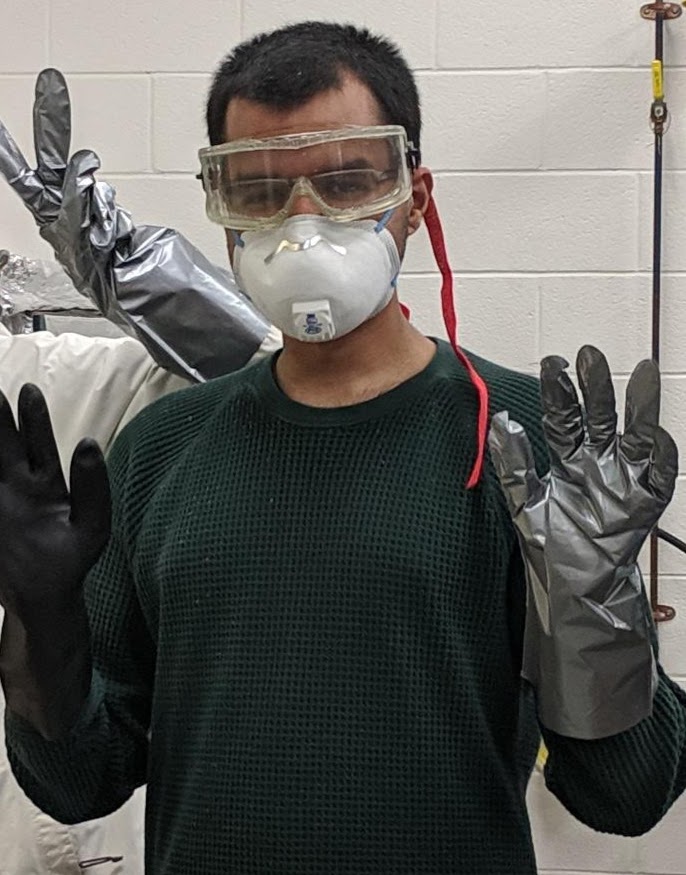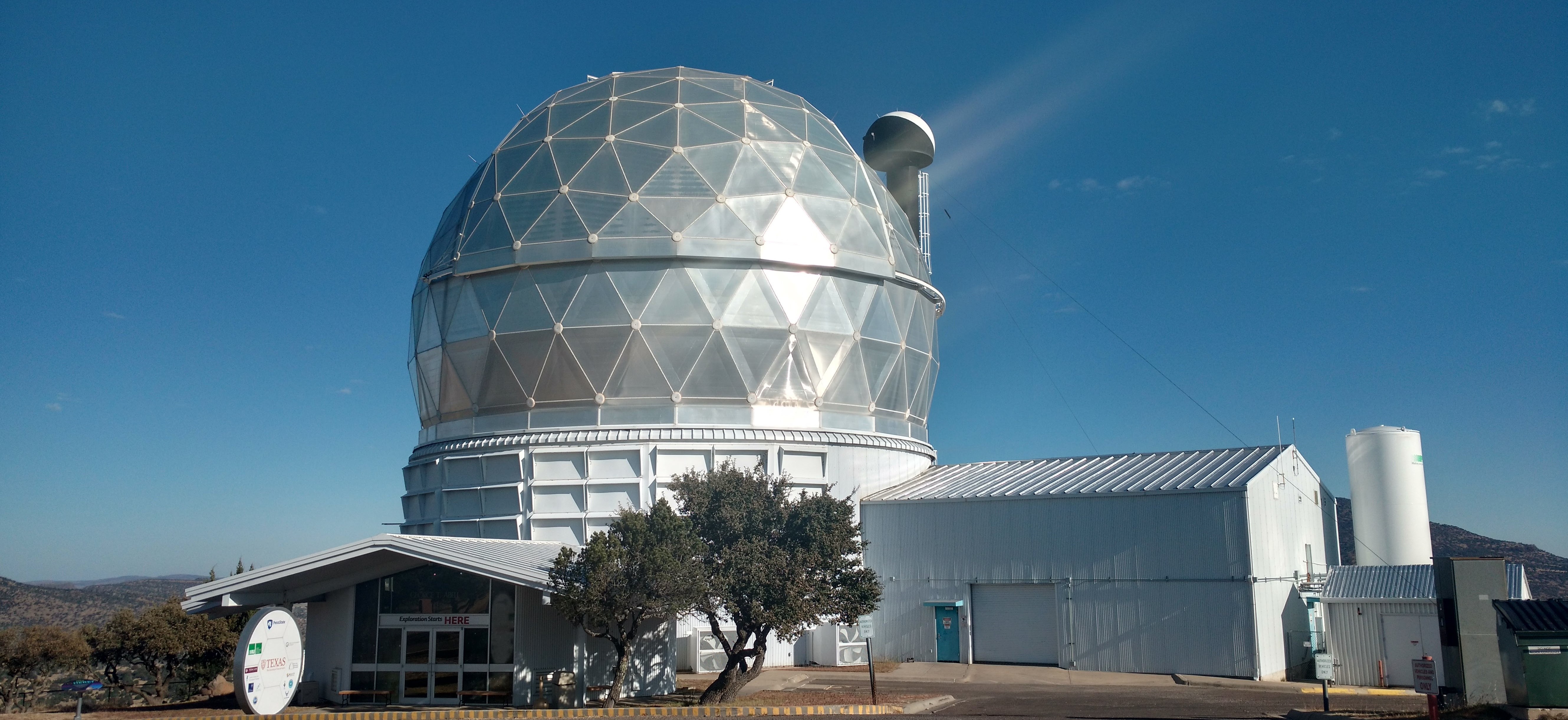
Shubham Kanodia
I am a Carnegie Postdoctoral Fellow at Carnegie's Earth & Planets Lab in Washington DC. Along with my collaborators I have multiple ongoing projects geared towards understanding the small and red M-dwarf stars, and the planets that orbit them. A lot of this is focussed towards the discovery, characterization and formation of Giant Exoplanets around M-dwarf Stars (GEMS), an extreme regime of planet formation that has traditionally been hard to explain.
Before moving to Carnegie, I was a graduate student at Penn State Department of Astronomy & Astrophysics, where I worked on exoplanet instrumentation and statistics, with my advisor Suvrath Mahadevan. My research focussed on developing the tools to detect exoplanets, and characterise their populations, particularly those orbiting these cool and low mass stars.
I helped develop and deploy two highly precise radial velocity (RV) spectrographs - the near-infrared Habitable zone Planet Finder (HPF) and the optical NEID spectrograph. HPF, deployed at the 10 m Hobby Eberly Telescope in Texas, USA, is the most precise on-sky near-infrared RV spectrograph; and is built to find planets around mid-late M-dwarfs. NEID is a product of the NASA-NSF collaboration, and is a new generation optical spectrograph built for the 3.5 m WIYN telescope in Arizona.
In addition, I have worked to develop new astro-statistical tools to characterize exoplanet populations using novel non-parametric techniques. I hope to apply these to a sample of planets orbiting cool M-dwarf host stars to unearth differences in planetary population trends between solar-type and M-dwarf stellar hosts.
Ongoing Projects
Searching for Giant Exoplanets around M-dwarf Stars (GEMS)
Detection & Characterization
I am leading the Searching for GEMS survey, where we are using a combination of photometric, spectroscopic and high-contrast imaging observations to detect and characterize transiting GEMS. The survey motivation and goals are described in our recent paper. I have also explored the formation of GEMS across a range of protostellar M-dwarfs using gravitational instability models.
Atmospheric Characterization
I am the PI of a large JWST Cycle 2 program GO 3171 along with co-PIs Caleb Cañas and Jessica Libby-Roberts, and an amazing group of collaborators to perform novel investigations into the atmospheres of GEMS and compare them with canonical hot-Jupiters found around solar-type stars.
Characterizing sub-Jovian planets orbiting M-dwarfs
I am currently part of a team that is following up on TESS planet candidates orbiting M-dwarfs to obtain precise mass measurements. It is imperative to obtain these precise mass measurements to find suitable targets for transmission spectroscopy missions such as the James Webb Space Telescope, as well as to populate the Mass-Radius plane for M-dwarf host exoplanets. We do this using a combination of precise radial velocity measurements using HPF and NEID, and diffuser-assisted photometry.
Developing Precision RV spectrographs
Habitable-zone Planet Finder (HPF)
HPF is one of the most precise near-infrared precision RV instruments, and is deployed at the 10-m telescope in Texas, USA. I have been a key member of the instrument and science teams for the instrument, and was led the fabrication, testing, and commissioning of the fiber injection system for HPF. I also performed the optical simulations to facilitate the optical alignment of the instrument during the alignment, integration and verification phase at Penn State.
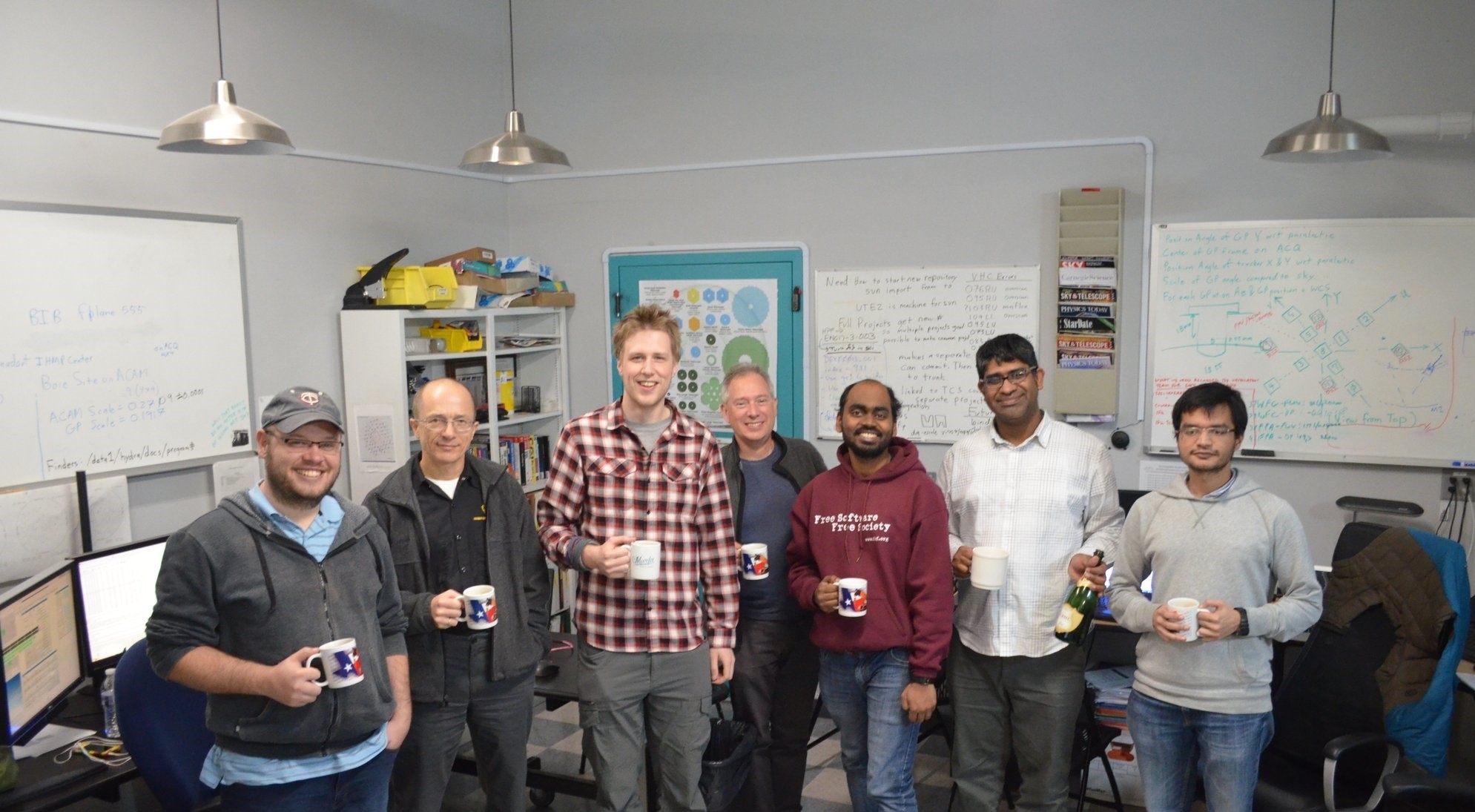
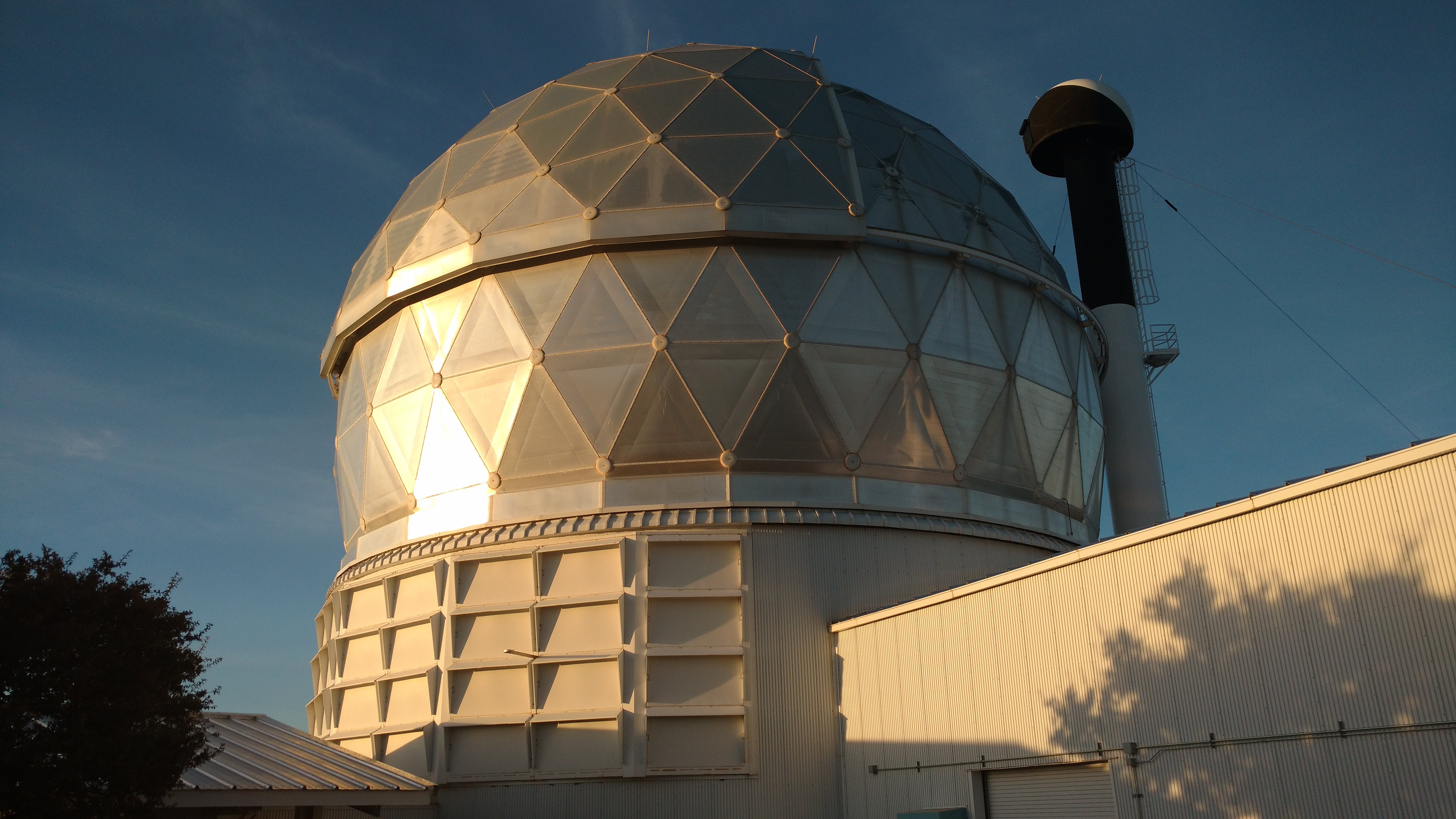
NEID
NEID -the cornerstone of the NASA-NSF NN-EXPLORE partnership- is an optical RV spectrograph spanning 380 to 930 nm. Built to achieve an instrument precision of 30 cm/s, it is designed to find Earth-like planets in the habitable zones around FGK stars. As a part of the NEID instrument and science team, I was responsible for the development, fabrication and testing of the NEID fiber injection system which includes the instrument fiber, scrambling system, as well as the fibers associated with the calibration system. In addition, I was in charge of the design, testing and deployment the NEID exposure meter system to provide chromatic barycentric corrections at the 1 cm/s level. I was also a part of the commissioning team for the instrument in 2019-2020, and regularly use its precision capabilities towards forwarding our science goals.
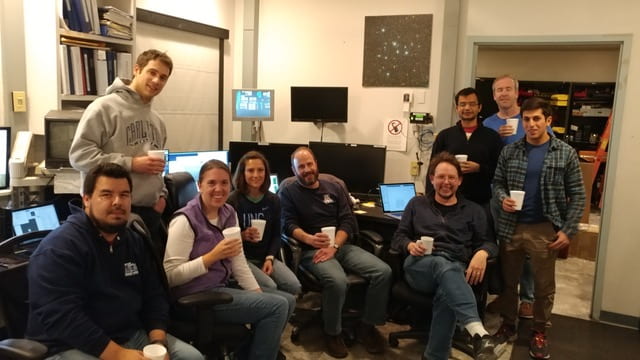
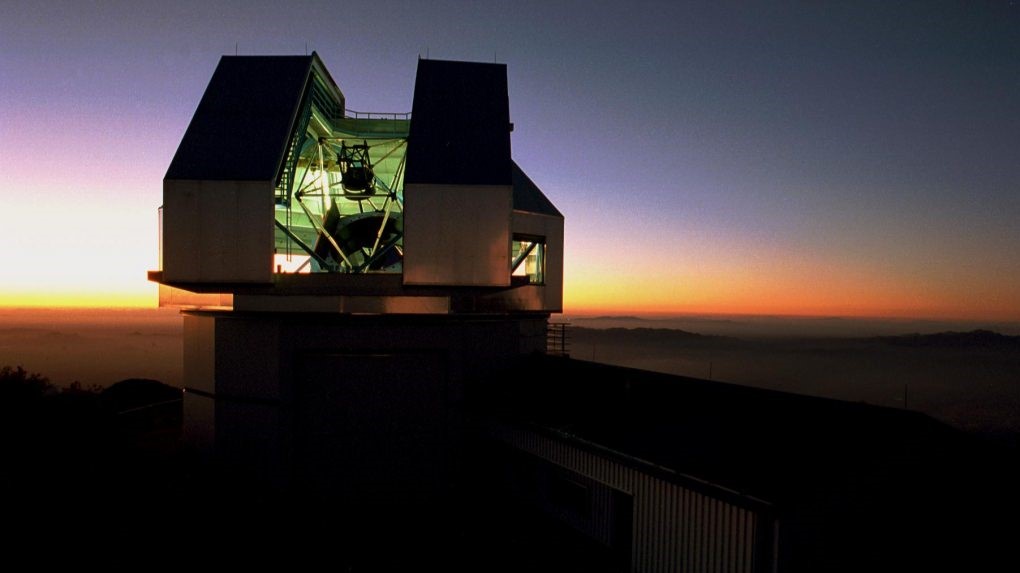
Non-parametric statistical tools to study planetary population
I have helped developed novel non-parametric tools to study the Mass-Radius relationship for exoplanet orbiting M-dwarf host stars, and then compared this relationship for analogous planets around FGK stars. Since then I have helped extend this framework to multiple dimensions and allow the simultaneous unbiased modelling of upto four dimensions to study the interplay between stellar properties such as mass, metallicity, age and planetary population parameters (mass, radius, period).
NIR stellar spectroscopy
I worked on project to characterize a high energy stellar flare around faint M8 star - vB10 using HPF spectra. We find the first evidence of coronal rain around such a low mass star using our observations of the Helium triplet. These high resolution near infared observations of a stellar flare present a valuable opportunity to study flare properties for very low mass stars in a hitherto unexplored regime. Read more about it on the HPF blog.
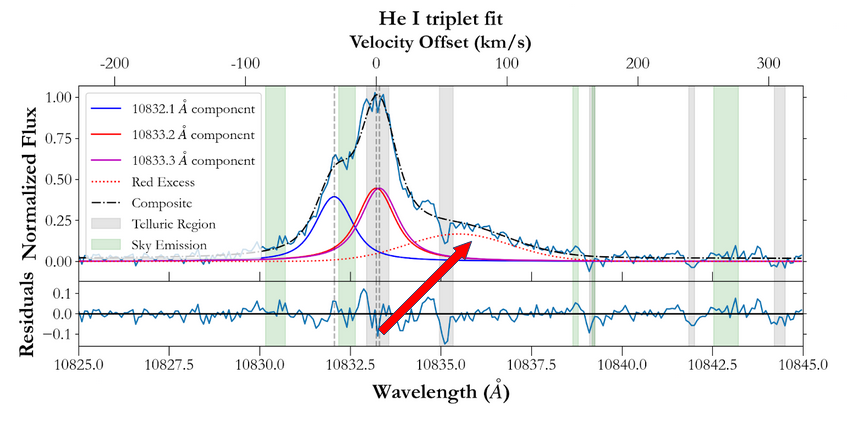
Searching for Laser Technosignatures
I am developing a pipeline to search for artificial narrowband unresolved laser technosignatures, using the archival data from high resolution RV spectrographs searching for exoplanets using the Doppler technique. This pipeline would enable commensal searches for laser pulses to be performed on the high resolution spectra being obtained on instruments across the world involved in measuring exoplanet masses.
Interests
- M-dwarfs
- Giant Planets
- Planet Formation
- Atmospheric Characterization
- Astrostatistics
- Instrumentation
- Fiber Optics
- Optical Simulation
- SETI
Open-Source tools
I have helped develop a few Python packages that are open source and available to the community.
- pyastrotools - Library of helper functions for astronomical calculations, observation planning, instrumentation, etc.
- Barycorrpy - Adapted from Wright and Eastman (2014), this package provides a simple routine to compute barycentric corrections for stellar radial velocity observations at the 1 cm/s level (Kanodia and Wright 2018). In addition, it also includes tools to compute barycentric corrections for observations of solar system objects (Wright and Kanodia 2020).
- MRExo - This package allows the user to fit a Mass-Radius relation on any 2 dimensional dataset using nonparametric methods (Kanodia et al. 2019). In addition, it can be used to predict mass from radius (and vice versa) based on a M-dwarf or FGK host star sample, which was subsequently expanded to include additional dimensions and allow for sample inference.
Mentoring, Education & Outreach
Please see the relevant sections in my CV.




